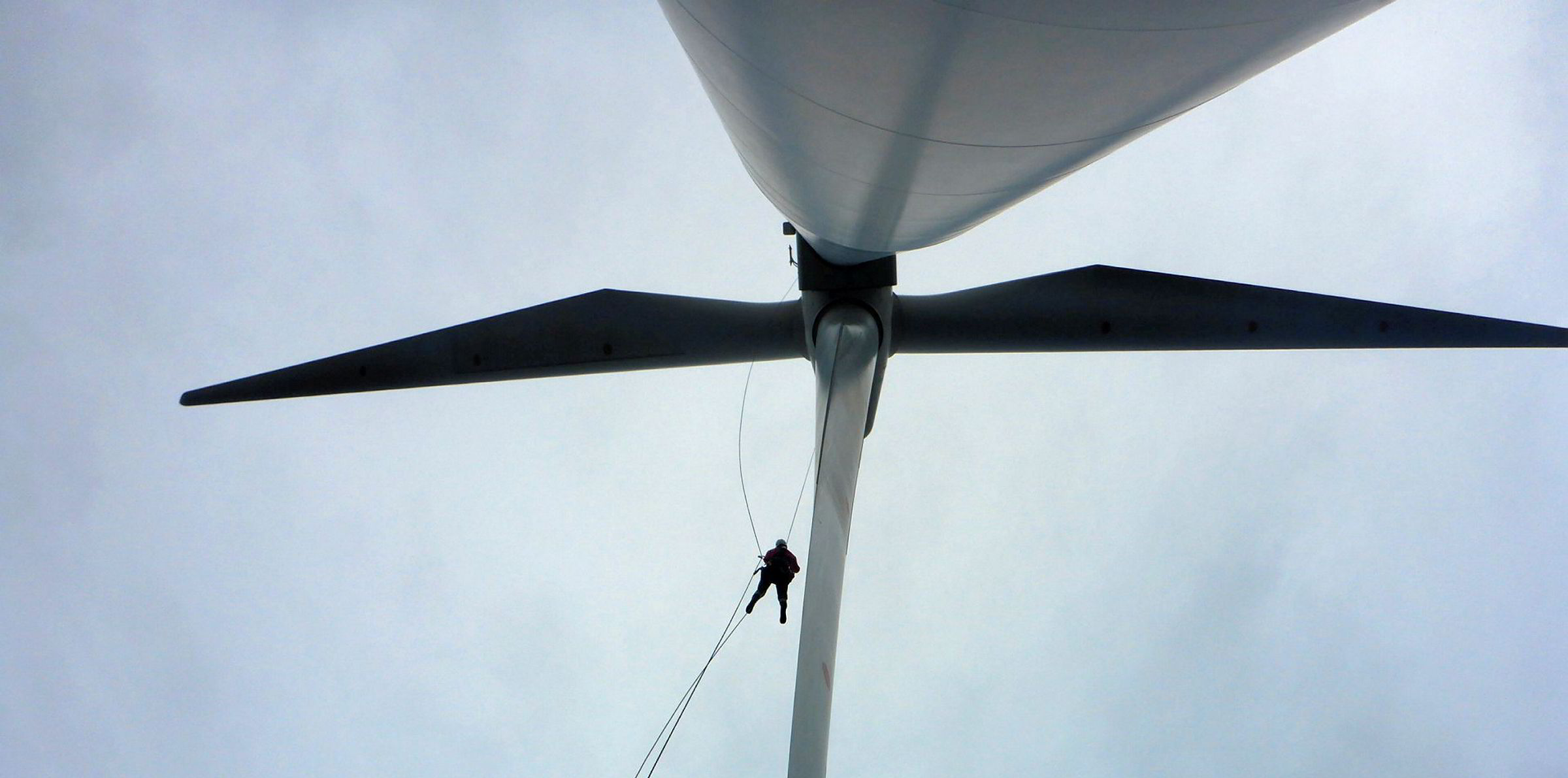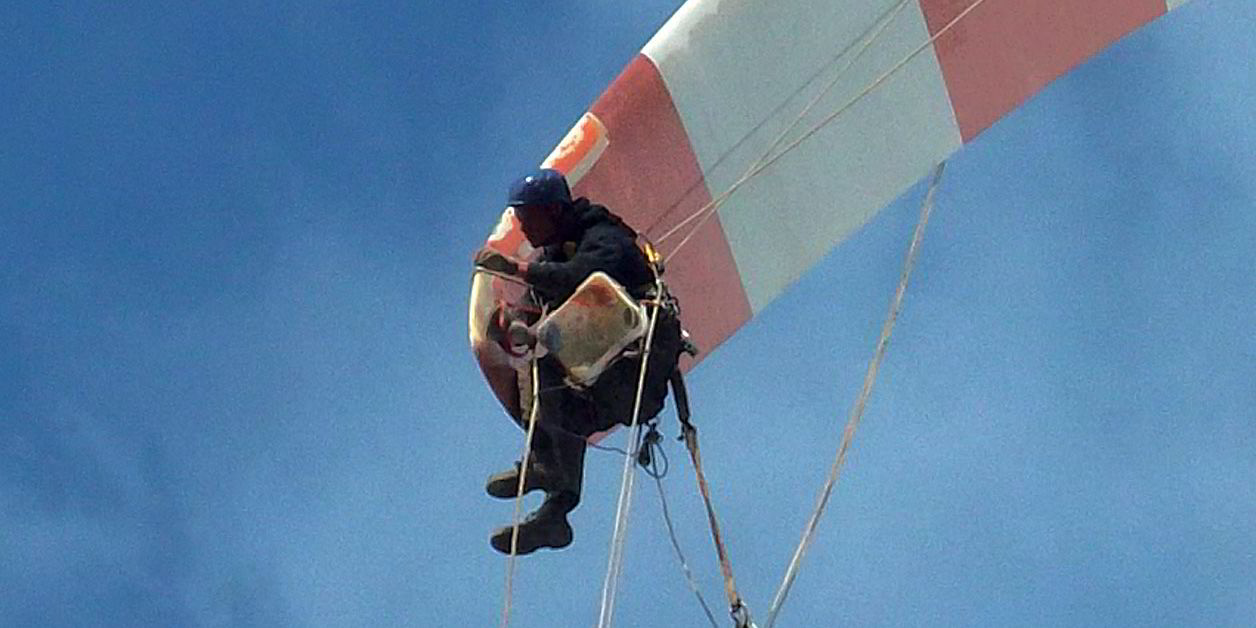Developer EDF is heading up a new joint industry project (JIP) tackling the high-cost damage done to offshore wind turbines by erosion of the leading edge of rotor blades.
The initiative, which is being partnered by Duke, Engie, E.ON, Innogy and Kruger, will share data on how different blade protection systems perform in a range of operating environments , using a central data hub managed by the Offshore Renewable Energy (ORE) Catapult.
EDF project leader Camélia Ben Ramdane said: “This project is a great opportunity to collaborate on an issue that most wind operators must tackle. To be able to share this with partners operating wind farms all over the world, hence covering many environmental conditions, is a real benefit to all.”
Morten Christiansen, Innogy’s asset integrity manager at the UK’s Galloper wind farm, added: “Blade performance is fundamental to the efficiency of a wind farm so by sharing data across numerous sites, the partners will be able to review how different leading edge protection systems operate and then apply the information to improve planning and maintenance.”
The companies will use a standard inspection methodology to ensure consistency of data capture, with ORE Catapult anonymising and analysing the numbers to give insight into the relative effectiveness of various industry-leading blade protection technologies.
ORE Catapult’s engineering lead for the project, Hamish MacDonald, stated: “As an independent industry data handler, [we] will provide cutting-edge insights into the performance of the various leading-edge protection systems being used, helping operators to better plan their operations and maintenance activities.”
The project will test “a minimum” of three blade protection systems across data categories including wind speeds, rainfall and UV exposure, wind turbine type and time in operation.
First outcomes from the JIP are expected within “about three years”, said Ramdane. I am confident we can all rely on ORE Catapult and benefit from their proven knowledge in the field of leading edge erosion to analyse our data.”
The JIP continues to recruit new partners for the project “from all onshore and offshore wind turbine suppliers and operators”, including those already running blade protection trials on their wind farms.
A study launched by ORE Catapult in 2016 returned data suggesting combating leading edge blade erosion on UK offshore wind farms could boost annual energy production by 1.5%-2%.
By analyst group Wood Mackenzie's estimates, blade erosion and repair costs the industry around 5,000 days cumulative downtime globally a year and results in €61m of maintenance work and lost revenue.



